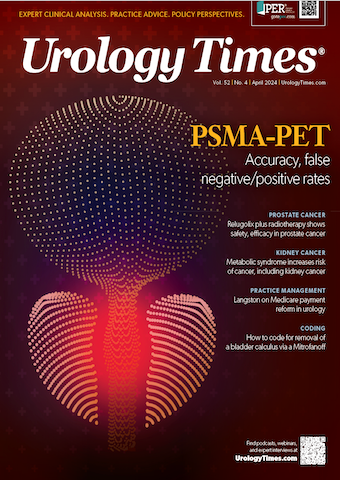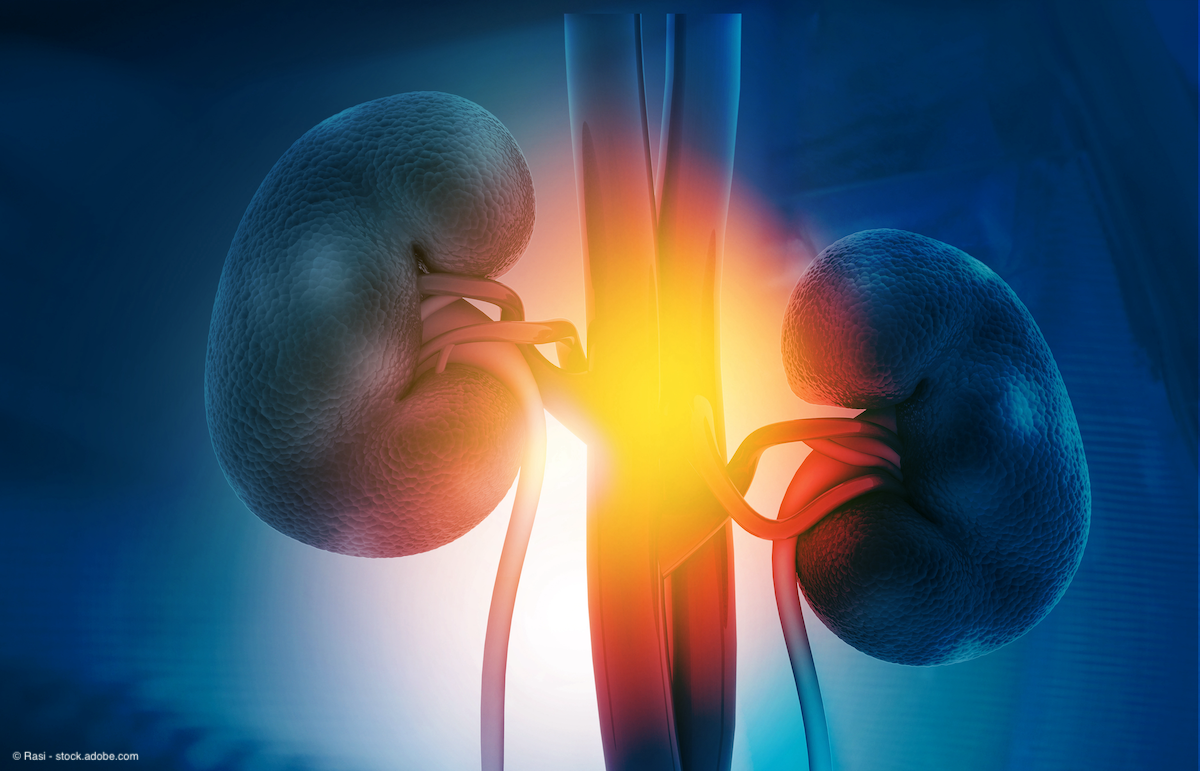Commentary
Article
Urology Times Journal
The dilemma of using disposable scopes
Author(s):
"I am still struggling with disposing the scopes after each use, both from the environmental aspect and the fact that the scope technically can be used more than once," writes Gopal H. Badlani, MD.
Gopal H. Badlani, MD

The environment and our carbon footprint are not what my training as a urologist prepared me for, but today each one of us is acutely aware of this. The burgeoning field of disposable scopes has surpassed the exclusive use in the western world. There is a methodology related to justifying their use. I looked at it from a scientific point of view1 but never thought they would progress to a point of daily use in practice. So, are we going to fill the landfills with scopes because it is better for patients?
Development of scopes, from incandescent bulbs, the Hopkins rod-lens, 4K to digital, and rigid to flexible, has allowed the urologist to look at every nook and cranny of the urinary tract. Patient comfort and decreasing invasiveness have advanced the field. Narrow band imaging technology (Olympus) and blue light cystoscopy with hexaminolevulinate HCl (Cysview; Photocure) have improved diagnosis of bladder tumors. The increasing cost of these reusable instruments and their repair bills have made care expensive. Reusing scopes after treating patients with hepatitis or HIV changed the standards for resterilization. Chemical exposure and labor cost stopped the clinic processing of the equipment. Large groups and satellite care also added to the number of scopes required.
The sheathed cystoscope represented the initial attempt to decrease the number of scopes, labor, and processing required. The quality of optics was not the same despite the infection rate being the same, and it was not widely adopted. The improvement in disposable scopes has progressed at a remarkable speed. The Ambu scope has been widely used, particularly when a needle is used through the scope for onabotulinumtoxinA and other injectables. The high-definition quality and a rechargeable handpiece with a screen from UroViu has made the footprint even smaller and portability even easier, with stunning image quality. It has 4 different models for specific use in the bladder.
The justification for disposable ureteroscopes was the high repair cost based on multiusers, laser fiber, and handling during processing. The production cost of the disposable scopes has decreased significantly, as China and India are manufacturing these. At the recent 57th Annual Conference of Urological Society of India, I met the local manufacturers. These digital scopes were made with 3D printing, accompanied with a processor rather than the traditional light source. The UroViu scopes are equipped with WIFI connectivity for projection and an ability to steer the scope in the renal pelvis. The scope weight is so much lighter than the traditional scope with camera attachment or the digital reusable scopes.
So, justifying the cost—if you add the labor/processing/repair cost annually—was conquered. I am still struggling with disposing the scopes after each use, both from the environmental aspect and the fact that the scope technically can be used more than once. Its use in a remote setting was great compared with the use of a rigid scope. It reduced the anesthesia need for cystoscopy for diagnostic and stent removal.
Baboudjian et al analyzed the environmental burden and concluded that “using a cradle-to-grave life cycle analysis…the environmental footprint of a flexible cystoscopy procedure can be reduced by using a disposable cystoscope instead of a reusable cystoscope.”2
The quality of the image has been most impressive and, in the western nations, cost can be justified, but I am still undecided as to the environmental and cost impact overall.
To explore this subject further, I invite you fill out a brief survey, which can be found here: https://tinyurl.com/y9m3694r
“If everything is disposable or recyclable, how does that make us feel about ourselves and each other?”—Jonathan Miles
References
1.Zambon JP,Watkins TP, Hemal A, et al. Evaluation of clinical use and cost-effectiveness of a flexible cystoscope system with a disposable sheath: a randomized clinical trial. Urol Pract.2019;6(4):209-214. doi:10.1097/UPJ.0000000000000019
2. Baboudjian M, Pradere B, Martin N, et al. Life cycle assessment of reusable and disposable cystoscopes: a path to greener urological procedures. Eur Urol Focus.2023;9(4):681-687. doi:10.1016/j.euf.2022.12.006

Newsletter
Stay current with the latest urology news and practice-changing insights — sign up now for the essential updates every urologist needs.























